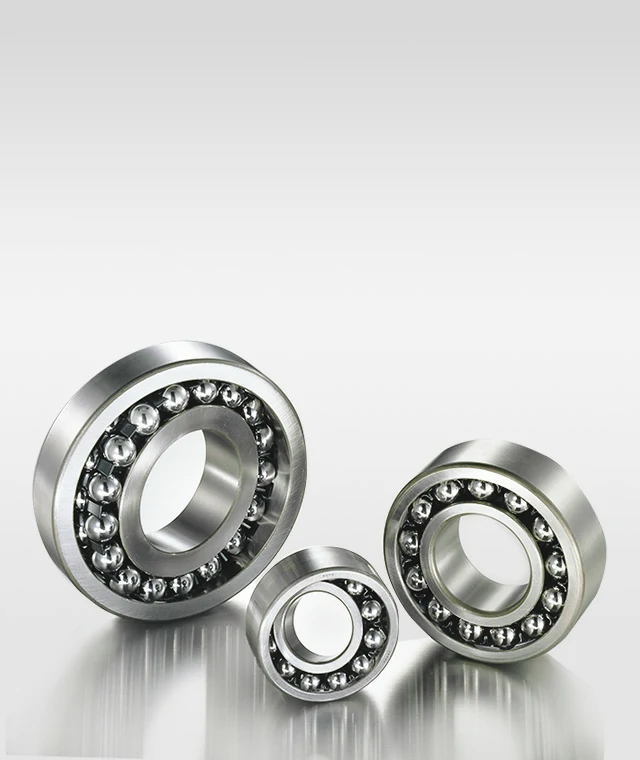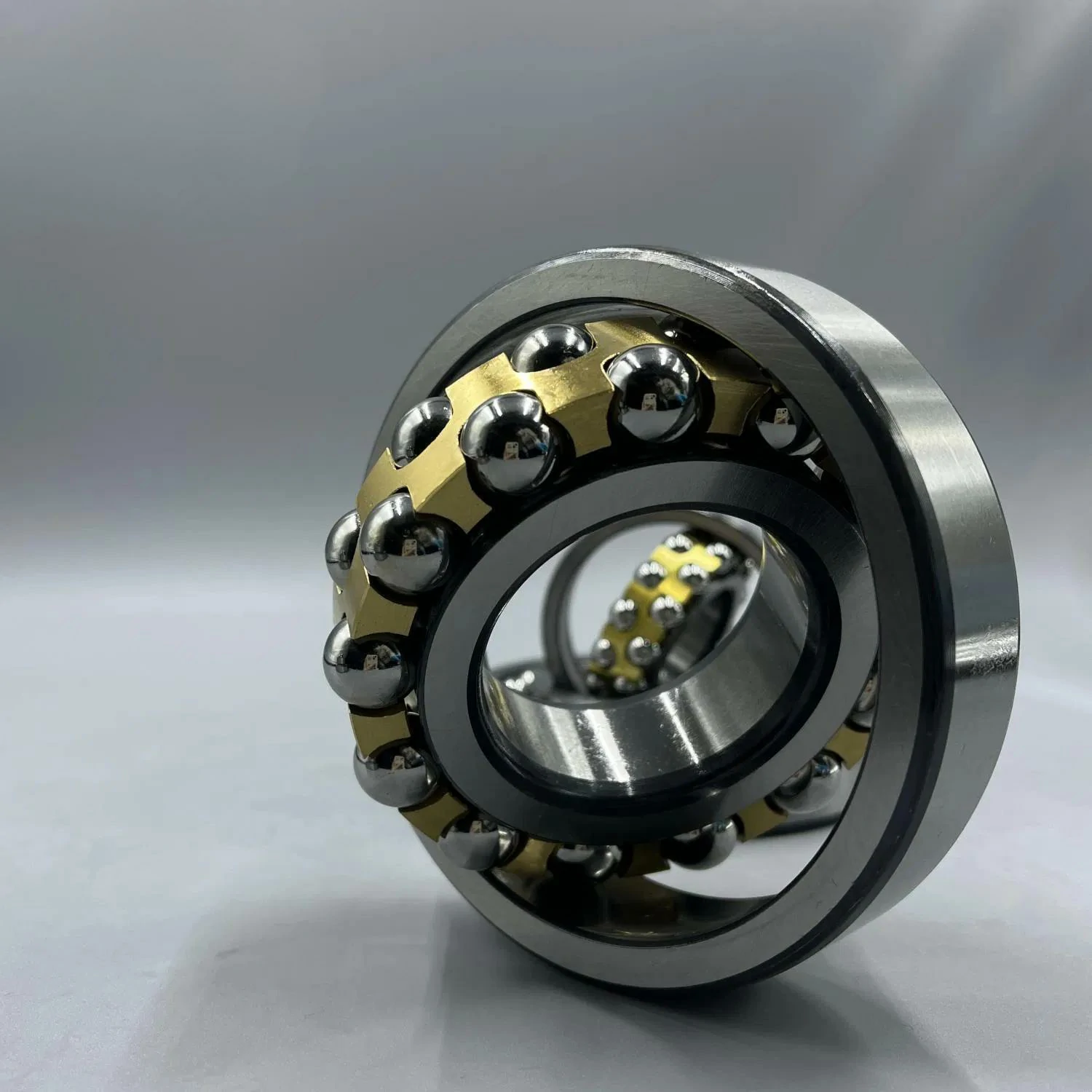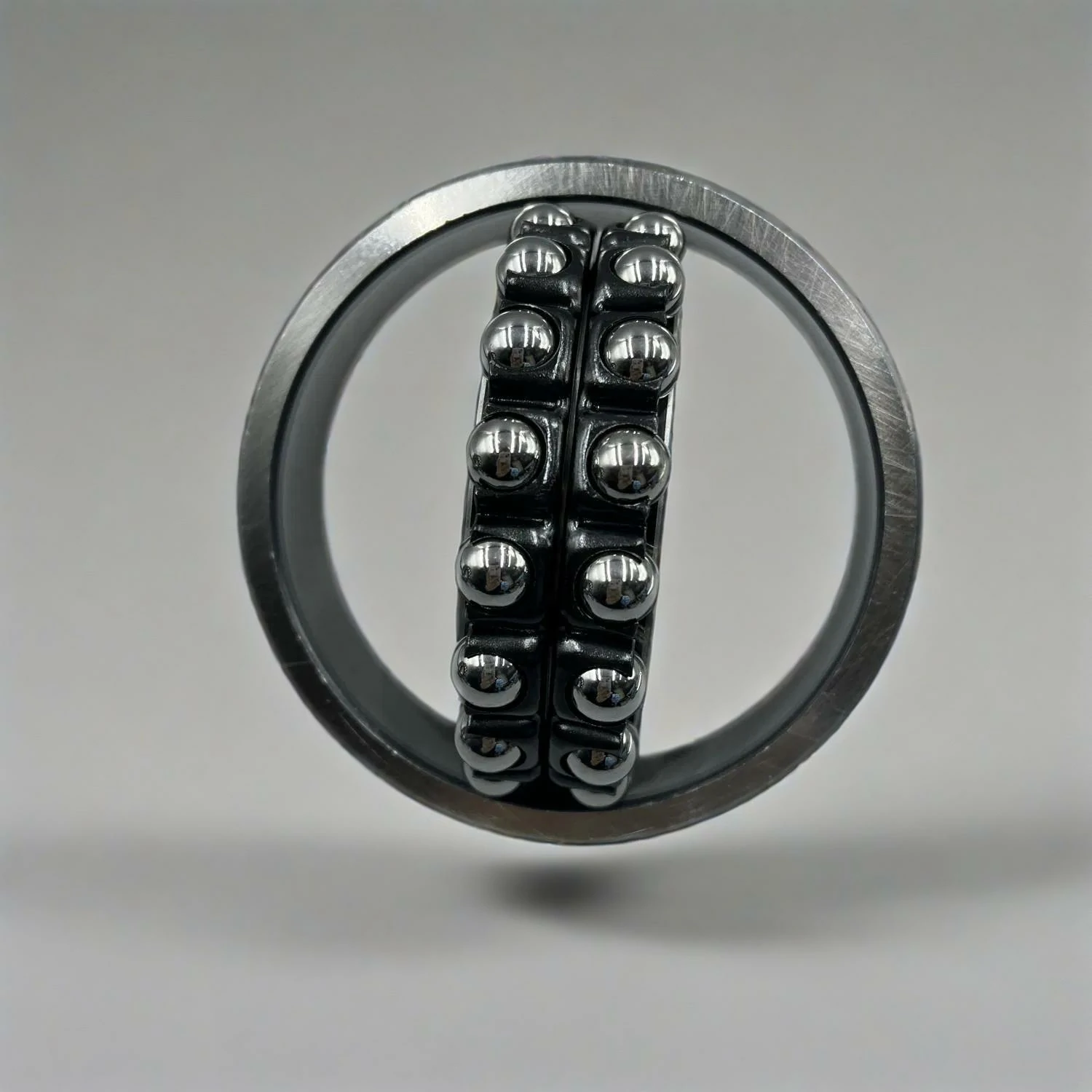Tapered bore self-aligning ball bearings
Description
Tapered bore self-aligning ball bearing is a rolling bearing with a tapered hole in the inner ring and a spherical raceway in the outer ring. It can automatically compensate for the angular deviation between the shaft and the bearing seat to ensure smooth operation.
Application
Industrial machinery: textile machinery, papermaking equipment
Agricultural machinery: combine harvester
Conveyor system: belt conveyor, roller conveyor
Engineering machinery: mixer, lifting equipment
Heavy equipment: wind power, mining machinery
Advantages
✔ Automatic self-aligning, adapting to installation errors
✔ High radial load capacity
✔ Easy installation and maintenance
✔ Low friction, energy saving and high efficiency
Overview of tapered bore self-aligning ball bearings
Tapered bore self-aligning ball bearings are a unique rolling bearing with a tapered bore design on the inner ring and a spherical profile on the outer ring raceway. This construction enables it to have an automatic correction function, which can effectively offset the centering deviation between the shaft and the bearing seat. The tapered bore structure is usually adapted to tapered shaft necks, and can also be matched with a clamping sleeve on the smooth shaft.
Core advantages
Automatic centering function It can adapt to installation deviations or axis center offsets during operation.
Strong load-bearing performance It has excellent radial load bearing capacity while adapting to medium axial forces.
Easy assembly The tapered bore design simplifies the installation, disassembly and clearance adjustment process.
Efficient operation Low friction loss ensures smooth operation and reduces energy consumption.
Common brands
SKF Tapered bore self-aligning ball bearings
NSK Tapered bore self-aligning ball bearings
KOYO Tapered bore self-aligning ball bearings
FAG Tapered bore self-aligning ball bearings
NACHI Tapered bore self-aligning ball bearings
NTN Tapered bore self-aligning ball bearings
INA Tapered bore self-aligning ball bearings
TIMKEN Tapered bore self-aligning ball bearings
Typical application areas
This bearing is suitable for equipment that requires efficient rotation and angle adjustment, mainly covering the following scenarios
Industrial field
Textile equipment such as spinning machines, sewing devices and other continuous operation machinery.
Papermaking equipment suitable for high humidity and high load conditions.
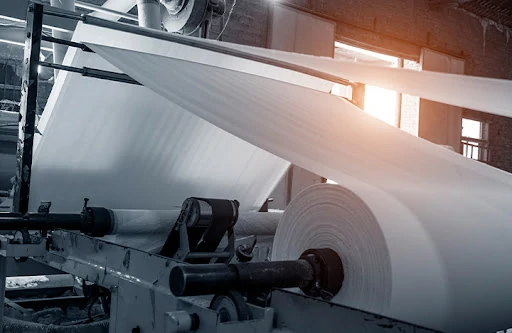
Agricultural field
Combine harvesters and other agricultural machinery that need to adapt to complex terrain.
Logistics conveying system
Beltroller conveyors and other devices that are susceptible to vibration and shock.
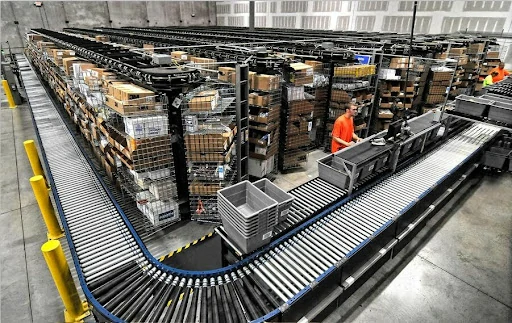
Engineering machinery
Concrete mixers, lifting equipment, etc.
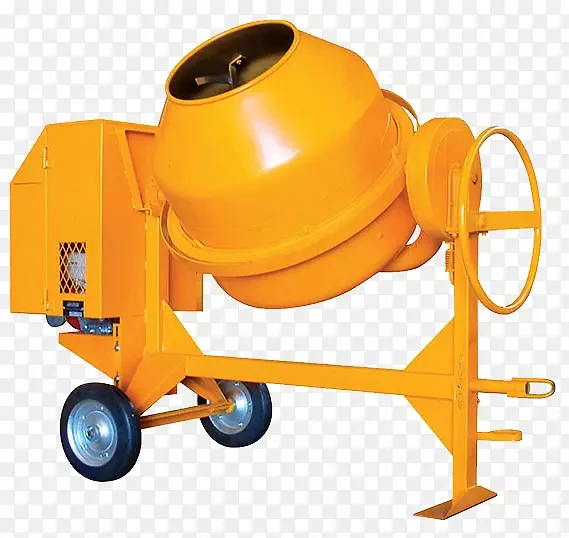
Other heavy equipment
Wind power equipment, mining machinery and other occasions that require high durability and self-aligning performance.
FAQ
1. What kind of shaft is the tapered bore bearing suitable for
It can directly match the tapered shaft, or be installed on the smooth shaft through a tight sleeve, and has a wide range of applicability.
2. What is the difference between tapered bore and cylindrical bore bearings
The tapered bore type is easy to install and axial fine-tune, and the cylindrical bore type is cheaper and suitable for standardized needs.
3. What are the criteria for bearing replacement
Replacement is required when abnormal noise, surface damage (crackspeeling), abnormal temperature rise or lubrication failure occurs.
4. Installation precautions
Use professional tools (such as heaters) to avoid damage.
Ensure that the dimensional tolerances of the shaft and the bearing seat match.
5. Typical failures and preventive measures
Overheating, poor lubrication or improper assembly are the main causes, and regular maintenance, standardized installation and real-time monitoring of operating status are required.
Conclusion
Tapered bore self-aligning ball bearings are ideal for industrial, agricultural and construction equipment due to their adaptive self-aligning characteristics and convenient installation. Proper installation and regular maintenance can significantly increase their service life and ensure stable operation of the equipment.

